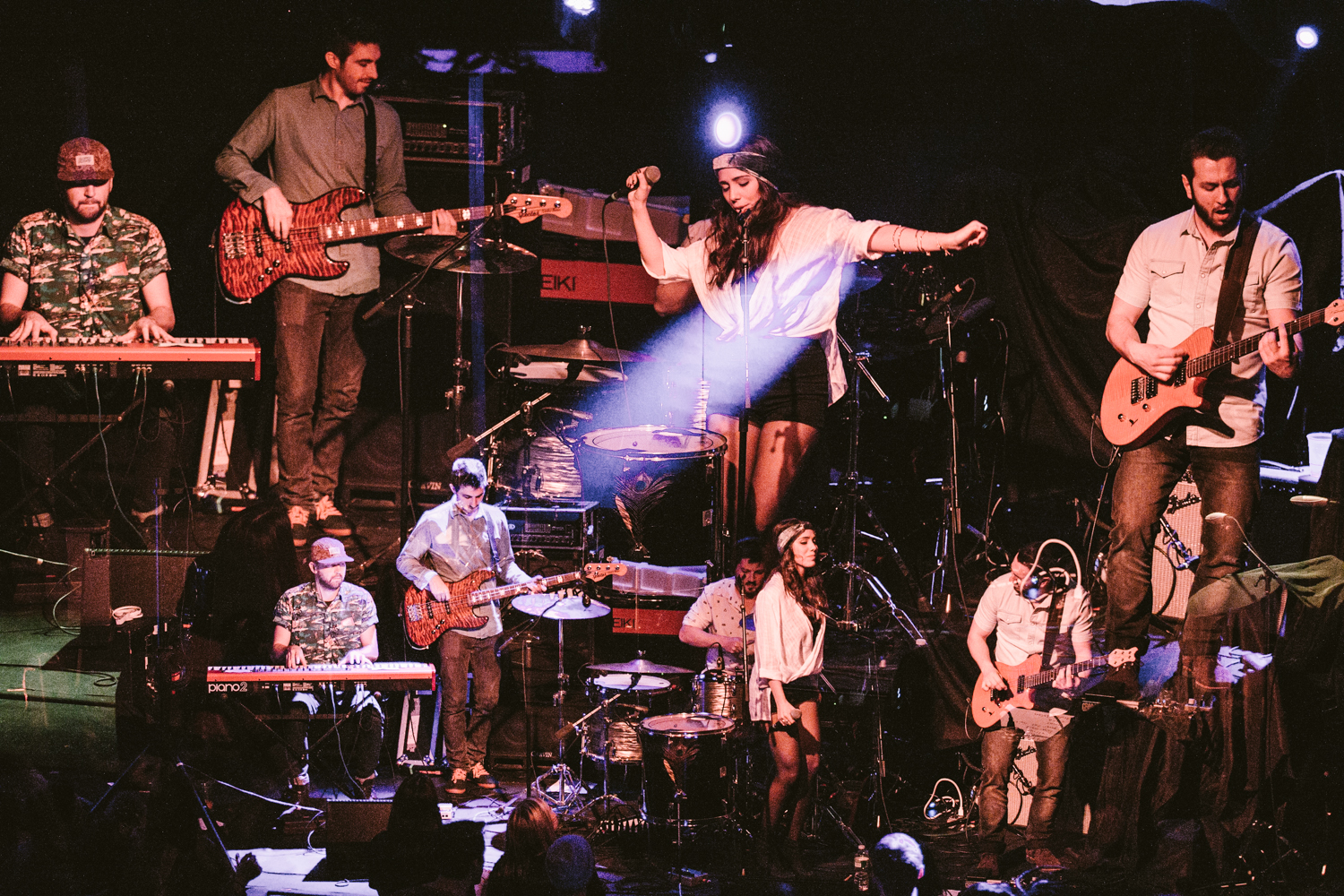I've been using Notion to collect and curate most of the content I've been sharing in my weekly newsletter, and I'm finally in a comfortable place with my workflow. Thought I'd share here in case it may inspire someone to do something similar. My workflow basically happens in 4 steps:
1: Daily Journal
My daily journal pages are directly connected to my content databases, through the use of relations, and every day I am tracking the things I'm watching, listening to, reading, or playing. Note that I use one separate database for each type of media. Some people prefer one database for all, it's just a personal preference here.
2: Recent Content
About once a week I visit a dashboard I call "Recent Content", which shows me all the content I consumed within the past month, all contained in toggles organized by type of content. It serves two purposes: a reminder of things I consumed, and a chance to mark the content as "to share", meaning that it's something I may want to share in a future issue of the newsletter.
3: Content to Share
Similar to the one above, "Content to Share" is another dashboard that shows me content I consumed organized in categories, but this time filtered to show me only content that I previously marked as "to share" and have not yet shared in any issue before. Being able to look at all the content in a visual way, on one single page, allows me to notice possible themes, ideas, connections, that otherwise may not happen.
4: The Newsletter Template
Inside my newsletter dashboard, I have a database that stores all the ideas, upcoming issues, and the archive. As part of my housekeeping routine, the day after I publish the latest issue, I go back to its page and make sure I link all the content shared in the respective fields, again through the use of relations, since all my content databases are also related to my newsletter database. This not only makes it easier for me to remember what I shared on past issues but also ensures that this content won't be visible on the "Content to Share" dashboard.
I hope this was helpful! Let me know if you have any questions or even ideas on how to improve the system!









